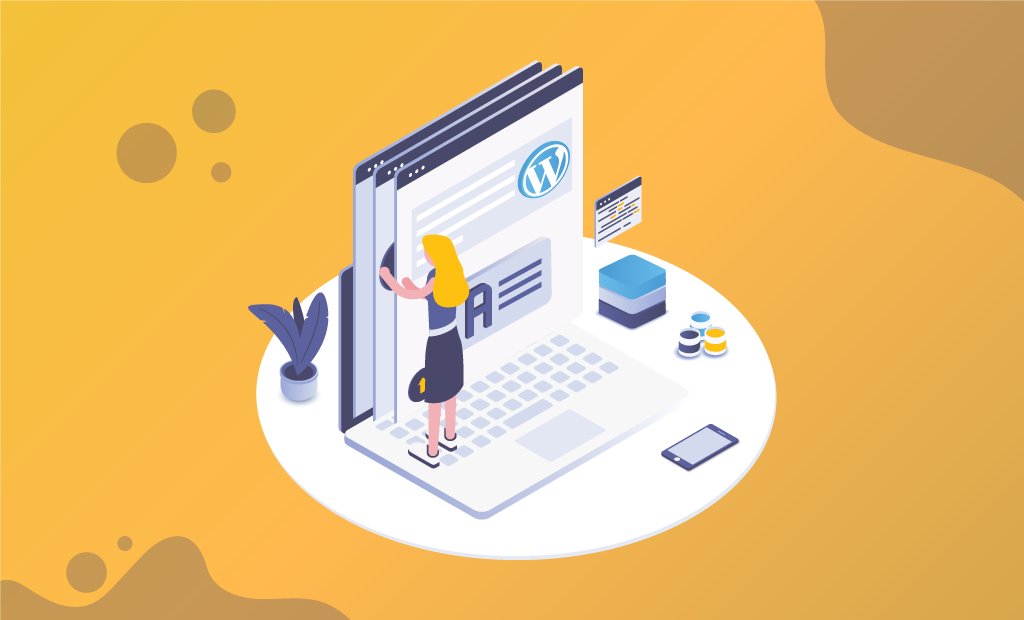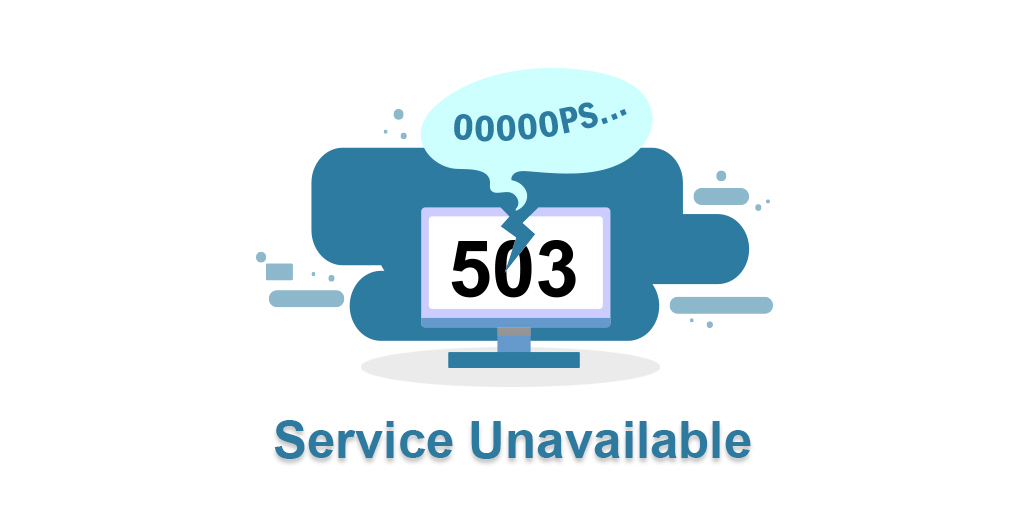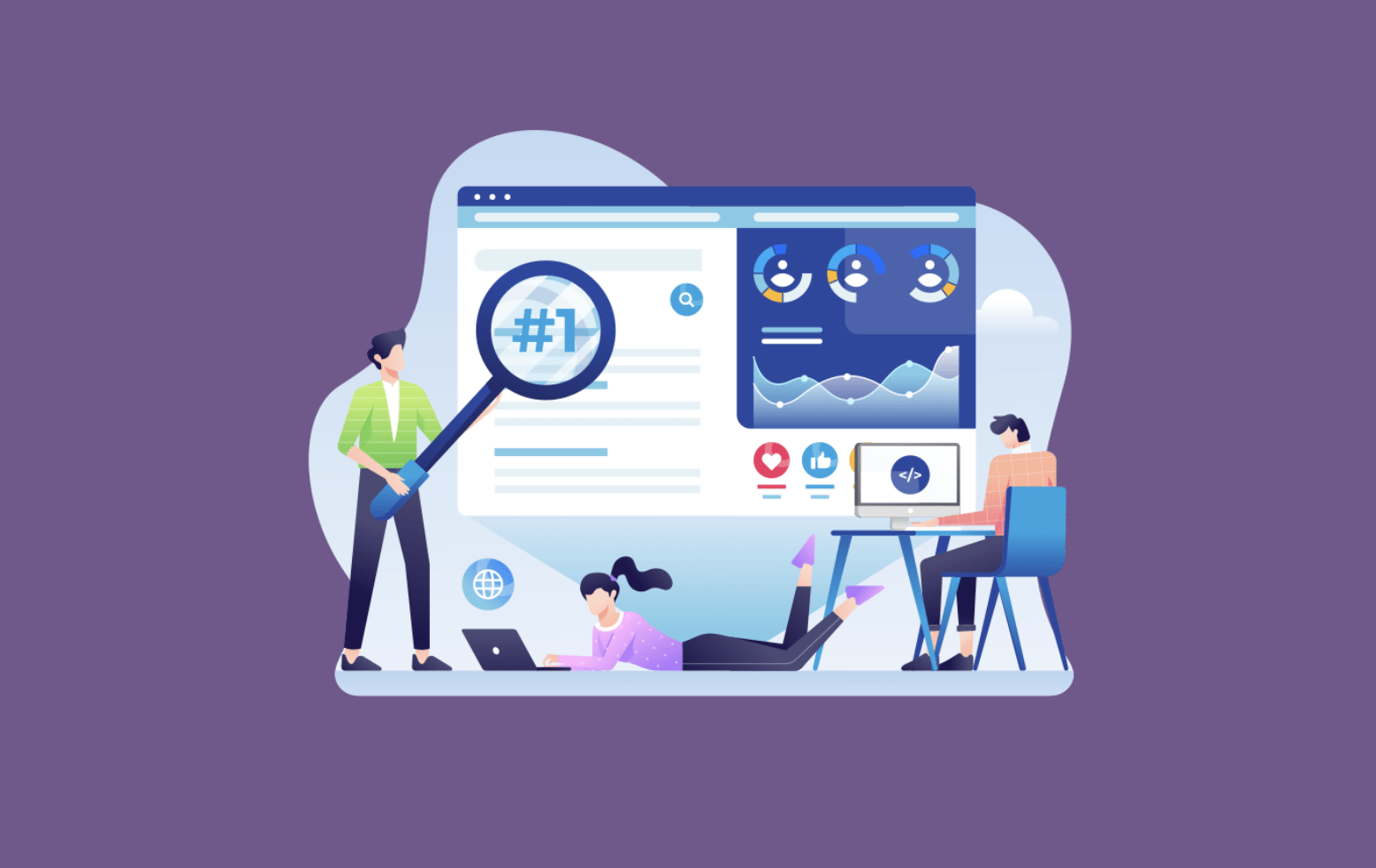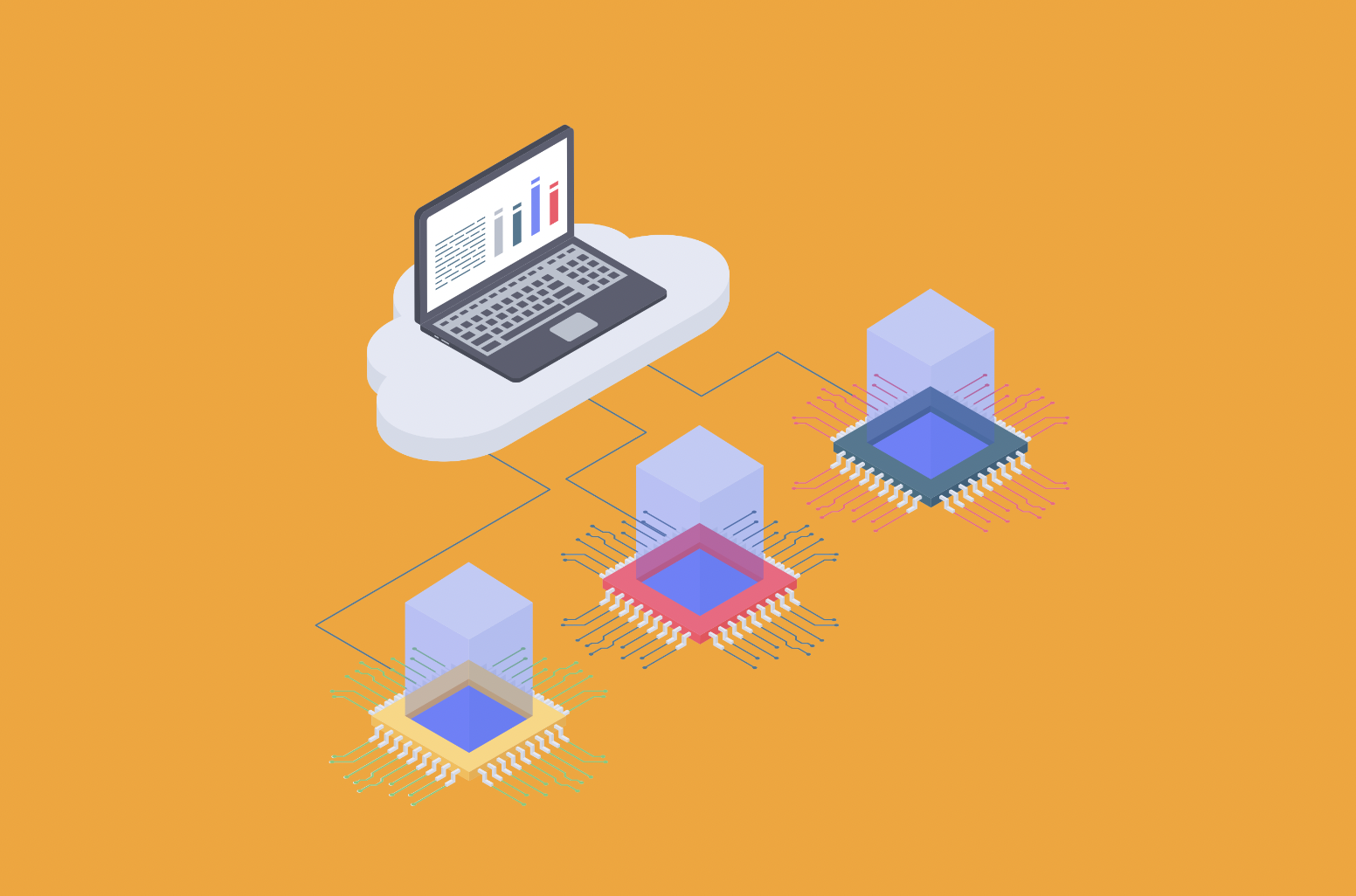The significance of choosing the right hosting solution for your WordPress Multisite network cannot be overstated. From optimized performance to scalability and security, the hosting platform you select will play a pivotal role in shaping the success of your Multisite endeavor. In this article, we'll delve into the reasons why suitable hosting is essential for a thriving WordPress Multisite network.
Understanding WordPress Multisite
WordPress Multisite is a powerful feature that allows you to manage multiple websites from a single WordPress installation. Instead of having separate installations for each site, Multisite lets you create a network of interconnected sites, sharing resources and user accounts. This can be incredibly useful for various scenarios:
Centralized Management: With Multisite, you can manage all your sites from a single dashboard, saving time and effort.
Cost Efficiency: Hosting multiple sites under one installation can be more cost-effective than maintaining separate hosting accounts.
Consistent Branding: Multisite allows you to maintain consistent branding across all sites, making it ideal for businesses or organizations with various branches or departments.
User Management: User accounts can be shared across all sites, making it easier to manage user access and permissions.
Plugin and Theme Management: Plugins and themes can be installed at the network level, making it simpler to maintain and update them across all sites.
Easy Scaling: Adding new sites to your network is straightforward, making it ideal for projects that require quick scaling.
Simplified Updates: Core WordPress updates and certain plugins can be managed centrally, reducing the time spent on updates.
Resource Efficiency: Multisite uses resources more efficiently compared to separate installations, which can be beneficial for hosting and maintenance.
Community or Network Sites: Multisite is perfect for building communities or networks where users can have their own sub-sites.
Educational Institutions: Schools or universities can use Multisite to provide separate websites for different departments, faculties, or classes.
While WordPress Multisite offers numerous benefits, it's essential to understand its complexities, especially regarding setup, maintenance, and compatibility with certain plugins. Depending on your needs, it can be a fantastic tool to streamline your web management tasks and create a cohesive online presence across various sites.
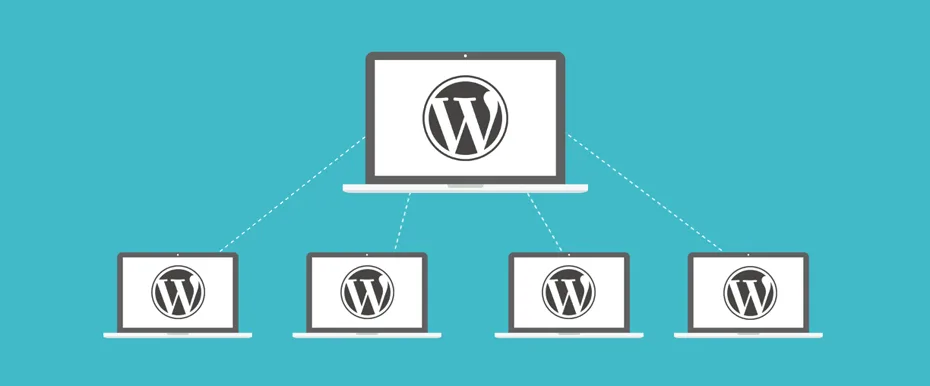
The Importance of Choosing the Right Hosting for WordPress Multisite
In the intricate world of WordPress Multisite, the choice of hosting provider holds immense significance. The hosting you opt for can significantly impact the overall performance and success of your Multisite network. Here's a closer look at why selecting the right hosting is paramount and the key factors to consider in the process.
Role of Hosting in WordPress Multisite Performance:
Hosting directly influences how your Multisite network performs on various fronts:
- Speed and Loading Times: A reliable host ensures swift loading times for all sites within your network, enhancing user experience and search engine rankings.
- Uptime and Reliability: Uninterrupted uptime is critical. A dependable host guarantees minimal downtime, ensuring that your sites are accessible around the clock.
- Scalability: As your network expands, a scalable host can accommodate growing traffic and resource demands without compromising performance.
- Resource Allocation: Robust hosting ensures that each site within the network receives adequate resources to function smoothly.
- Security: A secure host protects your network against vulnerabilities, reducing the risk of breaches or data loss.
- Support: A knowledgeable support team can assist in addressing any Multisite-specific challenges or technical issues promptly.
Factors to Consider While Choosing a Hosting Provider:
- Resource Allocation: Ensure the host offers ample resources to support the number of sites and traffic you anticipate.
- Scalability: Opt for a host that can accommodate future growth without hindering performance.
- Performance and Speed: Look for SSD storage, content delivery networks (CDNs), and server locations for optimal loading times.
- Uptime Guarantees: Choose a host with a strong track record of high uptime percentages.
- Multisite Compatibility: Confirm that the host supports Multisite installations and offers features tailored for network management.
- Security Measures: A robust security framework, including firewalls, malware scanning, and regular updates, is crucial.
- Customer Support: Responsive and knowledgeable support can prove invaluable in tackling Multisite-related challenges.
- Reviews and Reputation: Research reviews and testimonials to gauge the experiences of other Multisite users.
- Cost-Effectiveness: Balance features and performance against the cost to ensure value for your investment.
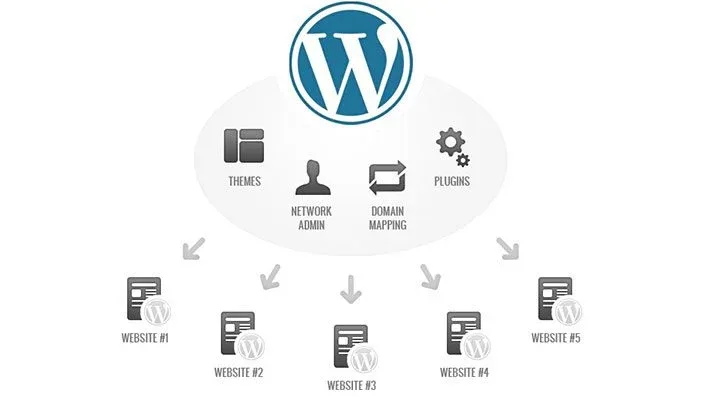
Top Hosting Providers for WordPress Multisite
When it comes to hosting your WordPress Multisite network, selecting the right hosting provider is crucial for ensuring optimal performance, scalability, and ease of management. Let's compare four notable hosting providers – Stablepoint, Verpex, Web Hosting Buzz, and Host for Web – to help you make an informed decision.
Stablepoint:
- Advantages: Known for its specialized WordPress hosting, Stablepoint offers tailored plans for Multisite networks. It provides a user-friendly control panel, staging environments, automatic updates, and robust security features.
- Scalability: Stablepoint's scalable infrastructure can handle Multisite networks of varying sizes, ensuring consistent performance as your network grows.
- Customer Support: Their responsive support team offers assistance for Multisite-specific challenges, helping you navigate any technical hurdles.
Verpex:
- Advantages: Verpex stands out for its commitment to affordability, reliability, and performance. It offers features like SSD storage, free migration, and a user-friendly control panel suitable for managing Multisite networks.
- Scalability: Verpex provides hosting solutions that can accommodate the growth of your Multisite network, ensuring resource availability as your sites expand.
- Support: With 24/7 customer support, Verpex helps address Multisite-related queries promptly, ensuring a smooth experience.
Web Hosting Buzz:
- Advantages: Web Hosting Buzz offers a range of hosting solutions, including shared, VPS, and dedicated hosting, suitable for Multisite networks of different scales. They focus on high uptime and reliable performance. -Scalability: With multiple hosting options, you can choose plans that align with your Multisite's resource requirements and future growth. Customer Support: Their support team can assist in setting up and managing your Multisite network efficiently.
Host for Web:
- Advantages: Host for Web provides versatile hosting solutions, including specialized plans for WordPress, making it suitable for Multisite networks. They emphasize performance optimization and security.
- Scalability: Offering scalable resources, Host for Web ensures your Multisite network remains responsive as traffic increases across your interconnected sites.
- Support: Host for Web's technical support aids in troubleshooting Multisite-specific issues, ensuring your network runs smoothly. While each of these hosting providers offers strengths tailored to Multisite hosting, the ultimate choice depends on your specific needs, preferences, and the scale of your network. Consider factors like scalability, support quality, and specialized features to determine the best fit for your WordPress Multisite endeavors.

Tips to Optimize Your WordPress Multisite Hosting
Optimizing Your WordPress Multisite Hosting
Optimizing your WordPress Multisite hosting is essential for ensuring the smooth performance and efficient management of your network. Follow these steps to set up your hosting for WordPress Multisite:
Choose the Right Hosting Provider
Select a hosting provider that specializes in WordPress Multisite hosting. Consider factors like server performance, scalability, support quality, and Multisite-specific features.
Select a Suitable Plan
Opt for a hosting plan that aligns with your network's size and expected traffic. Ensure the plan provides sufficient resources to accommodate all sites within the network.
Install WordPress
Install WordPress on your primary domain. Most hosting providers offer easy installation tools that streamline the process.
Enable Multisite
In your WordPress dashboard, navigate to Tools > Network Setup. Follow the instructions to enable Multisite. This step will require you to modify your wp-config.php and .htaccess files.
Configure Network Settings
Define your network's structure – whether you want subdomains or subdirectories for individual sites. Set up your network's title and admin email as well.
Domain Mapping (Optional)
If you plan to use custom domains for individual sites, consider setting up domain mapping. This involves configuring DNS records to point to your Multisite installation.
Install Themes and Plugins
Install themes and plugins that are compatible with Multisite. Activate them network-wide or on specific sites as needed.
Monitor Resource Usage
Regularly monitor your network's resource usage, especially if you have a growing number of sites. Ensure your hosting plan can accommodate the traffic and data generated by all sites.
Update Regularly
Keep your WordPress core, themes, and plugins up to date. Regular updates enhance security and performance across your network.
Implement Caching
Utilize caching plugins or server-side caching mechanisms to optimize loading times for your Multisite sites.
Backup Your Network
Regularly backup your entire Multisite network, including the database and files. This ensures you can restore your network in case of unexpected issues.
Security Measures
Implement strong security practices, such as using secure passwords, utilizing security plugins, and staying informed about potential vulnerabilities.
Support and Troubleshooting
Familiarize yourself with Multisite-specific troubleshooting techniques. Your hosting provider's support team should be knowledgeable about Multisite challenges.
Regular Maintenance
Perform routine maintenance tasks, like removing unused plugins, optimizing databases, and cleaning up spam.
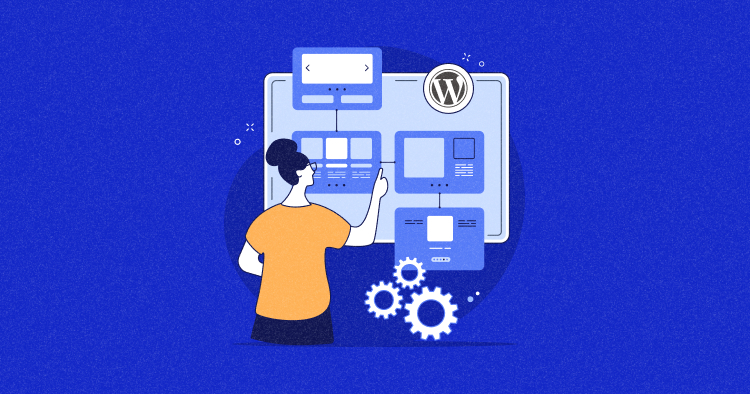
Best practices for optimizing the performance of your multisite setup
Optimizing a WordPress Multisite setup is essential for delivering a seamless user experience across multiple sites. Let's explore some best practices through real case studies of Stablepoint clients:
Case Study 1: E-Commerce Network
- Challenge: An e-commerce network with multiple online stores was experiencing slow loading times and high server resource usage.
Solution:
- Server Configuration: Stablepoint optimized server settings for efficient resource allocation among sites.
- Caching: Implemented server-level caching and a CDN to deliver cached content from nearby servers.
- Image Optimization: Compressed and resized product images to reduce page load times.
- Database Cleanup: Regularly cleaned up and optimized the database to remove unnecessary data.
- Content Delivery: Enabled lazy loading for images and videos, improving site speed.
- Plugin Audit: Reviewed and removed unnecessary plugins and scripts.
Case Study 2: Educational Network
- Challenge: An educational Multisite network was facing issues with slow performance during peak traffic hours.
Solution:
- Load Balancing: Stablepoint set up load balancing to distribute traffic evenly among servers.
- Caching Strategy: Implemented a combination of browser, page, and object caching for efficient content delivery.
- Minimized External Requests: Reduced external requests by optimizing third-party integrations.
- Theme Optimization: Customized and optimized themes for faster loading without sacrificing design.
- Database Queries: Introduced query optimization to improve database performance.
- User Access Control: Limited user roles and permissions to minimize performance bottlenecks.
Case Study 3: Blogging Network
Challenge: A blogging network with a vast number of sites was struggling with inconsistent load times.
Solution:
- Content Distribution: Utilized a Content Delivery Network (CDN) to distribute content globally.
- Minimized Plugins: Streamlined plugin usage, focusing on lightweight and well-coded options.
- Optimized Themes: Customized and optimized themes to reduce unnecessary scripts.
- Database Management: Scheduled regular database cleanups and optimizations.
- Performance Monitoring: Implemented performance monitoring tools to identify and address issues promptly.
- Regular Updates: Kept WordPress core, themes, and plugins up to date for enhanced security and performance.
These case studies demonstrate how Stablepoint clients have successfully optimized their Multisite setups using a combination of server configurations, caching, content optimization, and strategic planning. By adhering to these best practices, businesses can ensure their Multisite networks provide fast, reliable, and engaging experiences to users across various sites.
Conclusion
Remember that selecting the right hosting for your WordPress Multisite is a strategic decision that affects the future growth and success of your network. With a clear understanding of your network's needs and the features offered by hosting providers, you'll be well-equipped to make an informed choice that empowers your Multisite to thrive in the digital landscape.
What is WordPress Multisite?
WordPress Multisite is a feature that allows you to create and manage multiple WordPress websites (sites) from a single WordPress installation. It's particularly useful for organizations, agencies, and businesses that need to manage multiple websites from a central dashboard.
Do all hosting providers support WordPress Multisite?
Not all hosting providers fully support WordPress Multisite. It's crucial to choose a hosting provider that explicitly offers compatibility and optimization for Multisite setups, like Stablepoint.
Can I migrate an existing single WordPress site to Multisite hosting?
Yes, you can migrate an existing single WordPress site to a Multisite setup. However, the process requires careful planning, backup, and technical expertise. Some hosting providers, including Stablepoint, offer migration services to ease this transition.
How does Multisite hosting affect site performance?
Multisite hosting can impact site performance, especially if not optimized properly. It's essential to choose a hosting provider that offers scalability, resource allocation, and caching mechanisms to ensure consistent performance across all sites within the network.

Nadejda Milanova
An experienced Content creator in the field of Search Engine Optimization (SEO) and WordPress. A true proffesional with a Master's degree focused on journalism.
Read more by Nadejda Milanova

